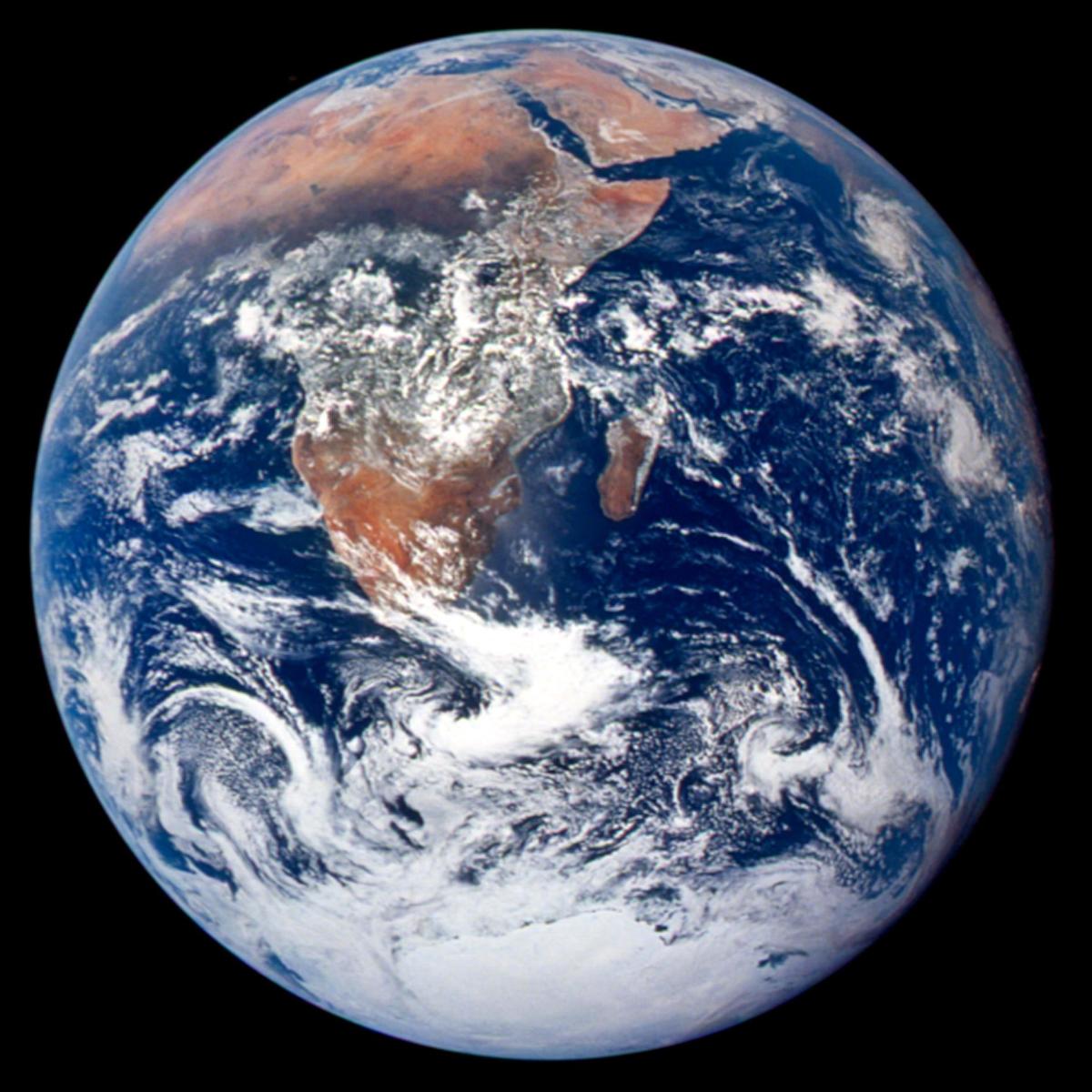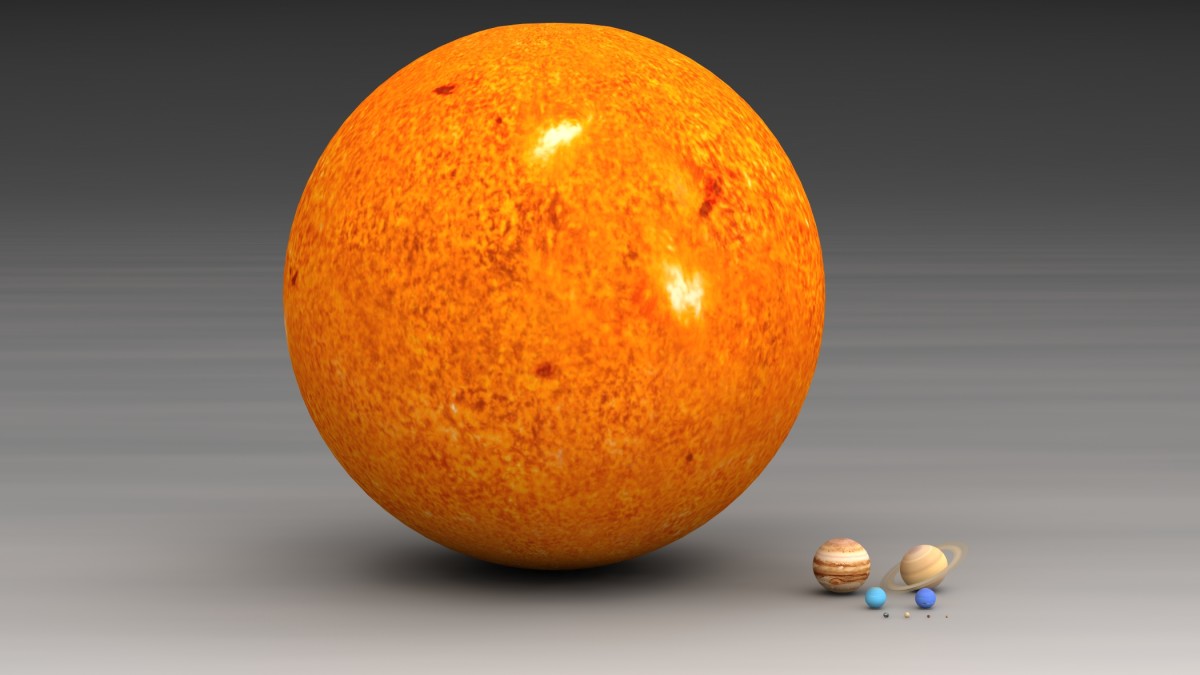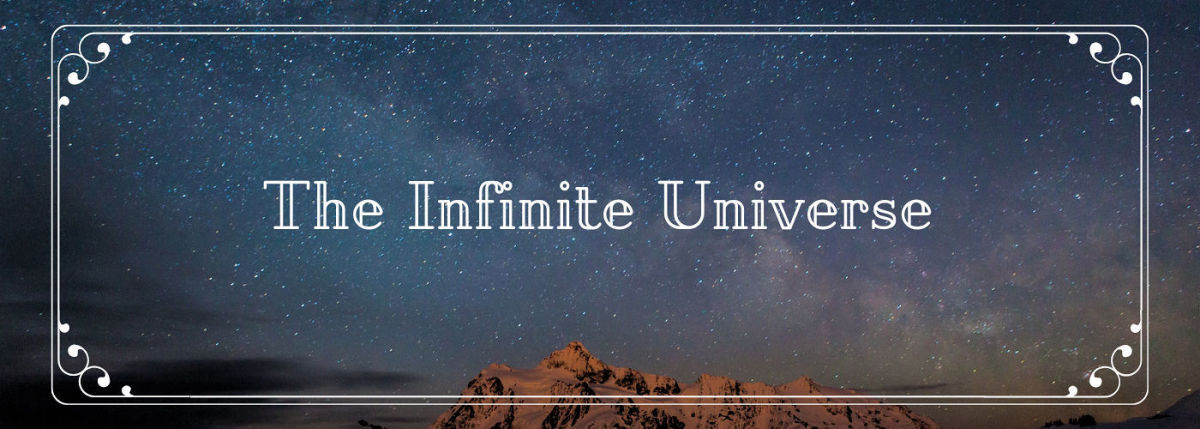A Proposal on How Many Planets
The potential is that many planets exist in the universe, but there are many preconditions for their existence and some suprises.
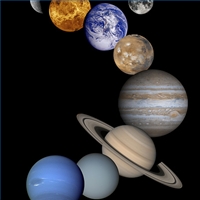
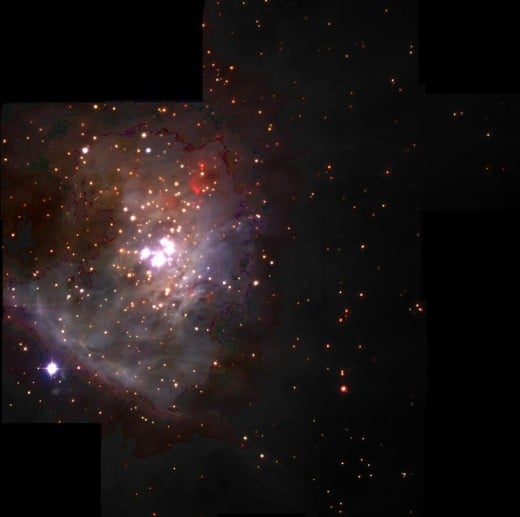
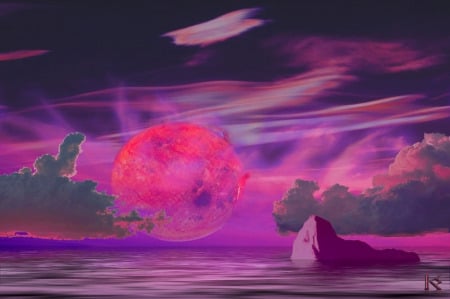
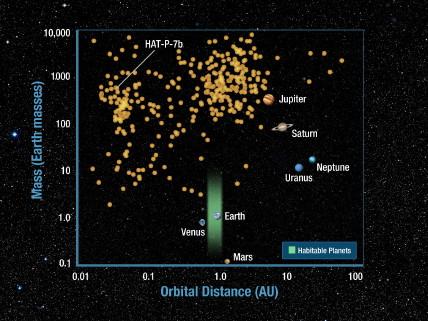
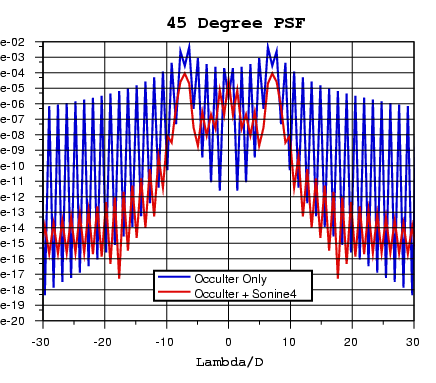
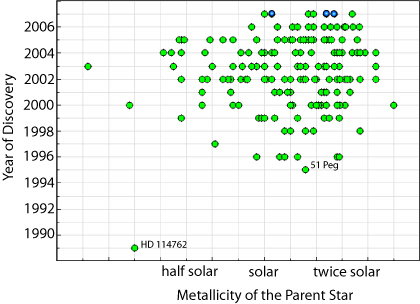
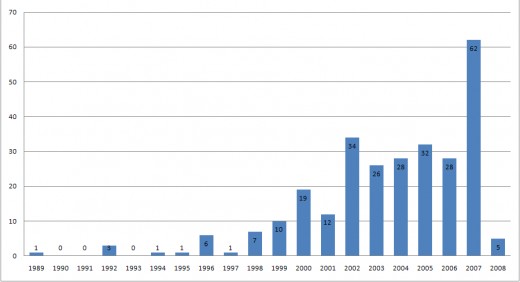
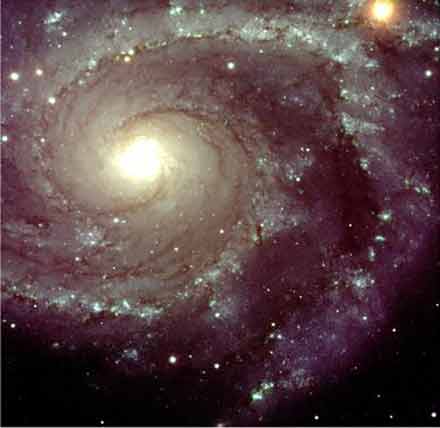
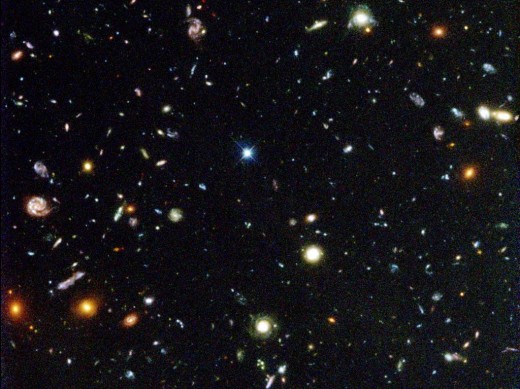
We can estimate how many planets there are in the universe based on what we know.
To come to a grasp of how many planets there are in space, we must look at some fundamental ideas as to how many stars are in a typical galaxy and how many of those stars can harbour planets. We must also consider that planets can exist outside of stellar systems altogether. Then we must qualify what it means to call something a planet, or if it is something else like a brown dwarf, a planetesimal or small pieces like an asteroid. We begin our investigation by looking at the logarithmic function of size distribution. There are far more small objects than there are large. IF you take various sizes of objects, there are about ten small ones to one that is larger. For each of the small ones, there are ten that are even smaller. This is how the logarithmic function of size distribution works. To begin, dust predominates by sheer numbers. Then there are aggregations, pebbles, space rocks, asteroid and comet like bodies, proto-planets, planetesimals, planets, brown dwarfs, stars and black holes. The dust has by far the most in numbers by individual pieces and black holes the fewest.
Looking at our galaxy we find that there are one to two hundred billion stars. Astronomers have found dust disks around about twenty percent of every star investigated; so we’ll go with twenty percent. This means that in the galaxy alone, there are twenty to forty billion stars that have planets in orbit around them. This of course does not include ejected planets or planets that formed outside of stellar systems. Outside of our solar system, we have found systems containing up to four planets, but that is only because until recently, we could only resolve the large ones that have Jupiter sized masses. Now that we can find smaller ones, closer to the size of earth, we have found many more planets. We are just now beginning to resolve planets close to the Earth’s mass. To date, we have found nearly 429 extra-solar planets in the galaxy, but there are far more. Taking the figures of what we do know, we can project that there are somewhere in the region of up to 160 billion planets in the galaxy. This does not include the planets not associated with stars. Just in the Orion Nebula, astronomers through space telescopes have found several dozen so called non-stellar planet like bodies forming well away from stars. Massive compact halo objects (MACHOs) have been detected near the edge of the galaxy as well and these don't emit light, so it is suspected that these are interstellar planets or rogue planets. As for the rest of the galaxy; well that is an open question.
Lurking, unseen in the dark icy depths of interstellar space, lit dimly only by distant stars, are bodies that so far have mostly evaded our detection until now. These dark and frigid planets often form groups with smaller ones orbiting the largest in a dark mimic of a true solar system. Only distant stars and the occasional volcanic eruption on the larger ones light them. Some are so large, they glow a dull hue. Most are deeply cold, registering surface temperatures in the single digits of Kelvins. They are tiny like grains of sand and a few dwarf Jupiter in all his majesty. Worlds of all kinds, whose only center is the galactic core, fill the seeming void between the stars and at the outer fringes. In fact, they make up a substantial proportion of the so-called dark matter in space. It is estimated that they make up some 20 percent of our galactic mass, accounting for an abnormally high rate of galactic rotation. In fact, galaxies that rotate faster than can be accounted for by the visible matter must have dark matter as well. Many dark bodies have been found in the galactic fringes with the help of random microlensing events between the Large Magellanic Cloud and us. These have been affectionately called MACHOs (MAssive Compact Halo Objects). Some estimates suggest that a dark accretion disk extends from the core of the galaxy some six times the distance of the luminous matter. This dark galactic disk contains objects of all sizes and is a larger self-affine expression of the solar system accretion disk.
“Eighteen rogue planets that seem to have broken all the rules about being born from a central, controlling sun may force a rethink about how planets form, astronomers said…. They said they found a planet-rich region near a star in the constellation Orion where stars, brown dwarfs and large, gassy planet-sized objects all exist without the discipline of a solar system. Instead of orbiting neatly around a central star, they drift along in a loose collaboration, the team of Spanish, American and German researchers report. "They look like giant gas balls," Maria Rosa Zapatero-Osorio of the California Institute of Technology in Pasadena and of the Instituto de Astrofisica de Canarias in Tenerife, Spain, who worked on the study, said; "The stars nearby are relatively young, just one million to five million years old, as opposed to the Sun, which is more than five billion years old, and the Earth, which is 4.5 billion years old. The planets are also young, Zapatero-Osorio said. "They are still contracting, collapsing because of their own gravity. With time, they will look like Jupiter and Saturn." With one exception, Jupiter and Saturn obediently orbit the Sun, and are believed to have formed from the same swirling disk of gas and dust that formed the entire solar system. The gas giants in Orion do not seem to have formed that way. "The formation of young, free-floating, planetary-mass objects like these is difficult to explain by our current models of how planets form," Zapatero-Osorio said. "We think they originated in a similar way to stars and brown dwarfs, a big cloud broke down into small pieces. Some were large enough to produce stars, while other fragments were very small and they yielded the objects we discovered in the cluster." But, she added, "Perhaps these objects were ejected from their orbits from their original birthplaces around the stars." The cluster looked at by the international team lies in the constellation Orion, one of the best known constellations to amateur star-watchers, near a star to the southeast of Orion's "belt". "Only on very clear nights we can see this star. There are many other stars in cluster but because they are at 1,200 light years they are not so visible to our eye," Zapatero-Osorio said.
Light travels 186,000 miles (300,000 km) per second, and a light-year is the distance it travels in a year. "It's an area that has a high concentration of stars, and they are homogeneously distributed within the cluster; one star, one brown dwarf, one planetary mass body, one star, one brown dwarf, one planetary mass body and so on." Zapatero-Osorio said. They are not linked to one another in an orbit, but do move together as a cluster, she said. She said there are hundreds more planet-like objects in the cluster but her team concentrated on a single, small area for their report, to be published in Friday's issue of the journal Science (Oct 13th, 2000). Zapatero-Osorio said she is applying to use Hawaii's giant Keck telescope to look for even smaller objects in the cluster. Usually, researchers predict that a planet exists by looking for its gravitational effects on a nearby sun. Most planets outside our solar system are far too dim to see using visible light. But Zapatero-Osorios' team actually saw the objects they describe. They used spectrometers, which measure both visible and non-visible energy, and found they seem to be made of matter that resembles the stuff found in known planets. Many stars in our own galaxy, the Milky Way, may have formed in a similar manner to the Orion stars, she said. So there could be similar, hard to see planets floating around free near the Solar System.”
The above is a confirmation of what has been said about accretion. Rogue planets are a natural product of evolution in the galaxy. We suspect that thousands are forming around the Helix nebula, or that they already exist, betraying their presence due to the many cometary like structures embedded in the Helix Nebula that "point" to the central star that went nova in the past. Out rushing gas has been deflected and captured by these bodies, creating the novel comet like structures and these exist in the hundreds. Observations of microlensing events between the Large Magellanic Cloud and us reveal a plethora of these rogue bodies as well. No doubt, other rogue bodies of all sizes pepper the galactic disk. But as far as how many such planets exist in the galaxy, this is something that is brand new and there is little hard fact to go on to form a calculation. Given the average space between stars, there could be enormous numbers of them, far outnumbering those in orbit around stars. Just around the fringes of our own solar system, we are finding dozens of planetesimal sized bodies well beyond the orbit of Neptune.
Consider that the observable universe contains some two hundred billion galaxies, i.e., the ones we can see, which are only the large ones the further out we see them. Only recently are we finding smaller ones in profusion around our own galaxy and even galaxies that are completely dark, made up of swirling dust with no visible stars. Given our own galaxy with 160 billion planets around all the stars that are though to have planets in orbit, and considering that there are some 200 billion larger galaxies, we can say with some certainty that there is something on the order of 320,000,000,000,000,000,000 planets in space just around stars! The actual figure is much higher, given the galaxies we don’t see and all the dimly lit planets hidden well away from any stars.
A New Estimate of How Many Planets there are, Just in the Local Galaxy
- Milky Way may have 100,000 times more nomad planets than stars
Some astronomers suggest that there are 100,000 times more "nomad" planets than there are stars in the galaxy.


